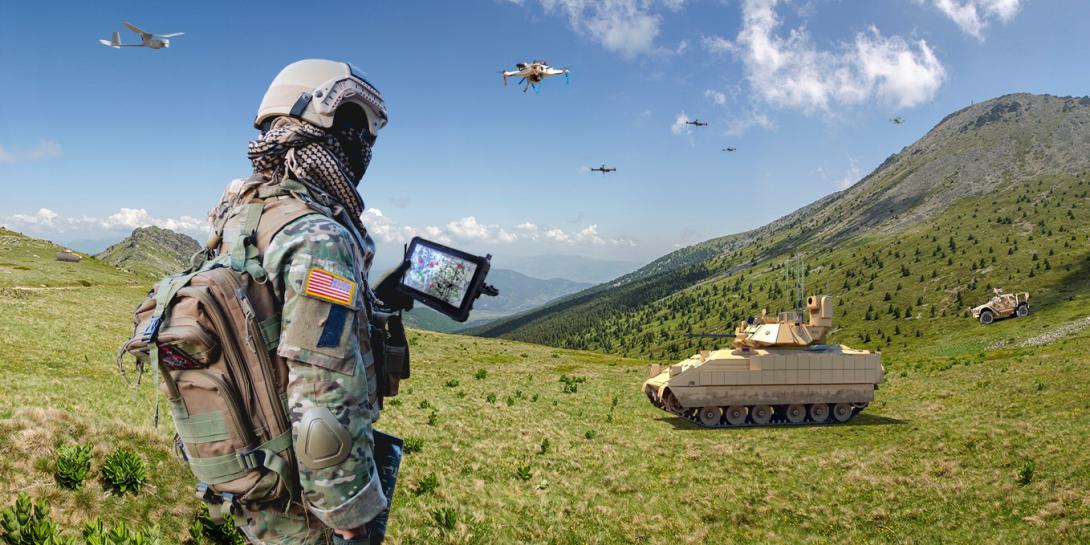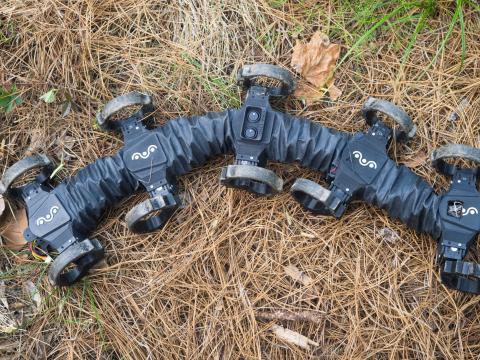Army Integrated Tactical Network Moves Forward
Although the Army’s Integrated Tactical Network has faced delays for a variety of reasons, the two-channel manpack radio will undergo operational testing this fall, according to Gen. John Murray, USA, commander, Army Futures Command.
The manpack radio is part of a family of radios known as HMS, which is short for Handheld, Manpack and Small Form Fit, and is considered a key component of the future tactical network. The system provides joint interoperable connectivity to the tactical edge and to the most disadvantaged warfighter with an on-the-move, at-the-halt and stationary line-of-sight and beyond-line-of-sight capability for both dismounted personnel and platforms. The radios are scalable and compliant with modular software communications architecture, enable net-centric operations, operate multiband and multimode, and deliver reliable, secure tactical communications.
Gen. Murray has emphasized the need to have soldiers involved in the development of technological systems, but the unit that was supposed to provide feedback on the manpacked radio was deployed late last year and then returned “to a COVID environment,” Gen. Murray noted during a webinar presentation on June 10.
“We will actually probably—probably—get an operational test at the Joint Readiness Training Center at Fort Polk, Louisiana, which will be key in terms of a true operational test,” he said during the webinar hosted by the Association of the United States Army.
The radio is a part of Capability Set 21 (CapSet 21), a broad array of technologies expected to be fielded to soldiers during the 2021 fiscal year. It includes communication capabilities that are smaller, lighter and faster; easy-to-use applications and devices; and multiple options for connectivity with improved network security and management systems.
Other highlights of Gen. Murray’s presentation include:
- CapSet 21 is “being locked down,” meaning its “hardware has been defined” and the software “will be defined very quickly and locked in,” and the next capability set, CapSet 23 will begin its design phase.
- Soldiers at Fort Carson, Colorado, will get a chance within the next month or two to evaluate the Robotic Combat Vehicle, following minor delays related to the pandemic.
- The Future Tactical Unmanned Aerial System program is back on track with three brigades—at Fort Campbell, Kentucky, Fort Riley, Kansas, and Joint Base Lewis-McChord, Washington.
- The Army has successfully launched mini-drones from a hovering aircraft, “which is harder than it sounds because of the down wash,” and “we will demonstrate additional capabilities on those air-launched effects in the coming months."
- Command Post Computing Environment has actually been fielded to three units.
- The Army has fielded and continues to refine the Modular Active Protection System, an assured position, navigation and timing system.
- The first military version of the Integrated Visual Augmentation System will be tested by large numbers of soldiers in an operational environment in the fall.





Comments